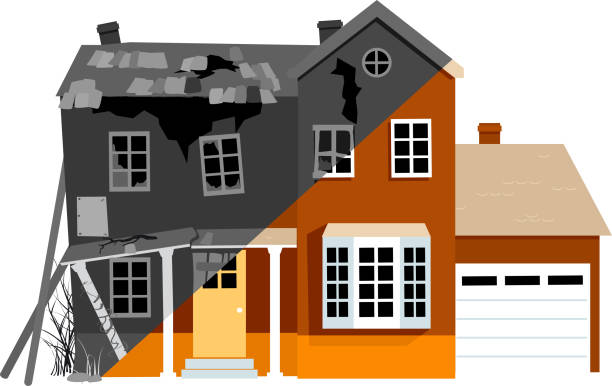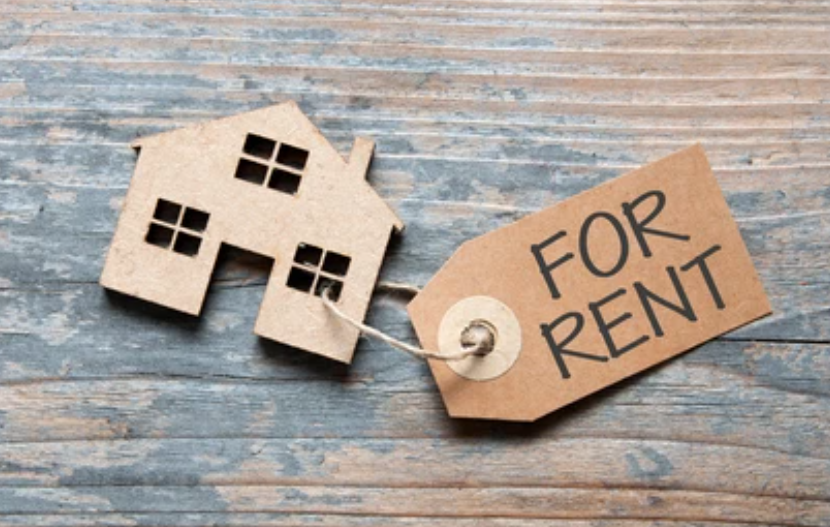Here are Some of The Top Pitfalls to Avoid on the Road to Fixing and flipping
1. Be Prepared for Surprises.
While it is true that some properties you fix and flip will really only need cosmetic fixes (paint, minor clean-up, etc.) most properties that are out there and can make for a great fix and flips are ones with low prices and are in need of much more work than just “surface” work. For example, reselling the property to a normal retail buyer means it has to pass a formal housing inspection to confirm the entire property is up to current building code requirements.
- That means you maybe cannot get by with minimum fix-up. What may be required are real repairs that include major issues such as mold or mildew problems, pest infestations, outdated plumbing, or electrical that might need upgrading. Any of these things can send your “real” purchase price soaring. Going over budget on the initial purchase price (including all repair and upgrade costs) can leave you with no profit when you go to sell the property.
- It is instructive if not imperative to start with what the (highest) ceiling price is for the area in which the property is located, before bidding on any of them. Next, take a very close look at THAT price vs. the price of the property you are considering as a purchase + the anticipated improvement/fixup costs + your anticipated profit; adding up those three factors allows you to ascertain the maximum purchase price you can justify paying.
2. Work Backward From that Point to Determine Expenses, Carrying Costs, and Most Important, Net Profit.
- You should have firmly in your mind what minimum net profit you are looking for, which is a function of how much you can sell the property for, and still hit your target profit number.
- Always build in some extra funds for unexpected costs.
- But, if the numbers don’t work, then walk away from the deal.
3. Do NOT Skip the Inspection.
Assuming you have time, bring in a competent inspector, contractor, and experienced handyman and at least do a drive-by of the property and view as much as you can inside and out. When possible, get into the property itself in advance of the offer and take a very good look around, in order to prepare for an efficient fix and flip.
4. Don’t Limit Your Research to Just the Property you are Acquiring.
- Be sure to research the neighborhood as well. For example, if your “sure-fire” investment property is in a neighborhood in decline, the overall value of the post-rehab property may fall way short of your pre-rehab profit expectations.
5. Don’t Pre-Pay Contractors or Others in Full in Advance.
Pay them, in installments, when certain pre-determined milestones are met. For any large project, you should create and maintain a detailed “draw schedule”. The contractor collects the draws or “progress payments” when certain phases or parts of the project are finished.
6. Failure to Rent the Property out, if the Sale Takes a Long Time.
During the months it takes for escrow to close, the rehab to get finished, and the resale to get underway, market conditions can shift. It is better to make a small profit for a few months while trying to sell the property. Rather than letting it sit there empty, make some profit while you have to make payments to the lender month after month after month.
7. Avoid 100% DIY (Do It Yourself) Fix and Flip Projects.
Too many REI-ers give themselves credit for skills they may lack. For example, unless you are a licensed realtor, you may not want to try the sell the property yourself. The paperwork alone can drown you in detail. The same goes for trying to do all the repair work yourself. Your time might be better spent on your “core” knowledge areas (flipping houses vs. painting) It is possible to retain a lower cost with high quality talent to accomplish such tasks for you.
8. Ignore the “70 Percent Rule” at Your Own Risk.
It is a basic, tried and true formula in the REI biz that you should take your ARV (After Repair Value), multiply it by 0.7 and subtract your repair cost estimate. That is the maximum amount you should be paying for a property—no exceptions. This is considered a sacred rule because it will keep you safe from overspending on rehab and winding up with a property you can’t sell for a profit.
9. Avoid Taking on too Big of a Fix and Flip Project on your First Deal.
A modest clean-up or cosmetic fix-up is one thing. But then there are projects that may include flooring, insulation, landscaping, stucco, doors, windows, kitchen cabinets, counter-tops, etc. Not only do such rehabs eat up a lot of money, but they also take a lot of time to accomplish. When you are using hard money financing, time is literally money. Buying properties that need too much work is a quick way to turn a profit into losses.
10. Figure out your Financing Before you Jump in.
There are great loan programs for flippers. You can get up to 90% loan to value and up to 100% of your covered in a loan. Always ask if there is a prepayment penalty, and what the draw fees are. Button up your financing before you make an offer. It will reduce the stress of the loan.
Credit to Tod Snodgrass


